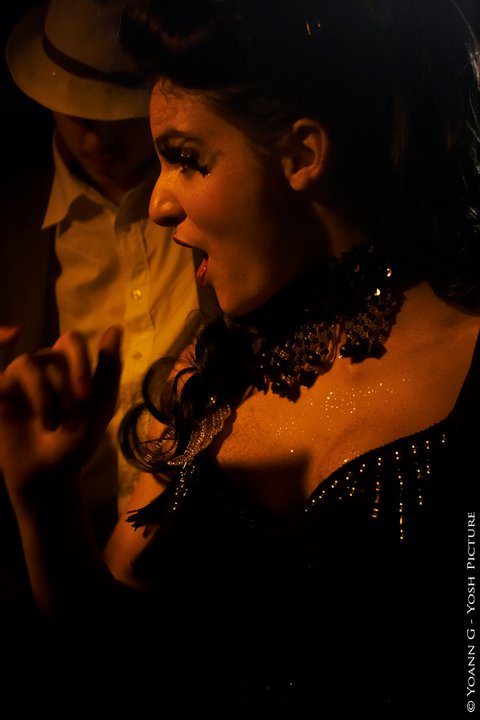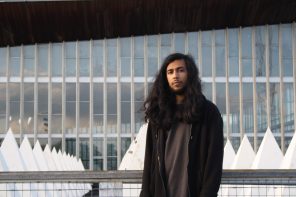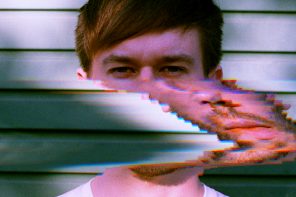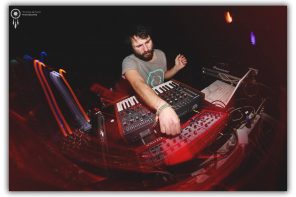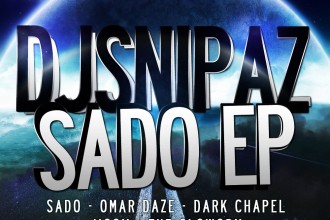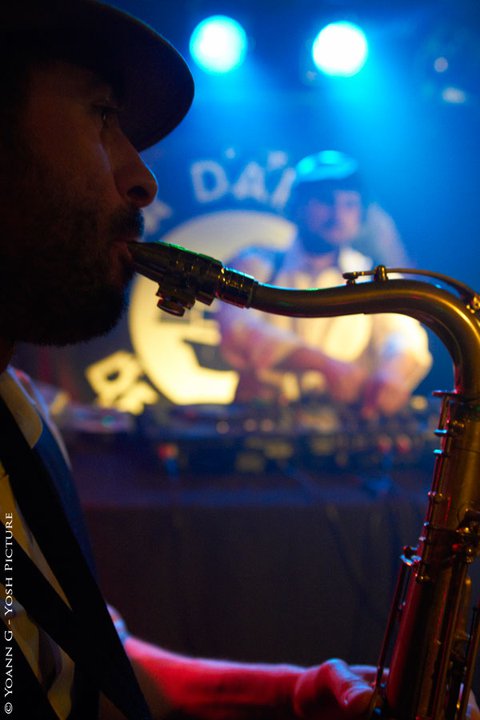
In a flash of burlesque dancers and brass instruments, you may confuse yourself for being immersed in a raging 1920’s or 30’s flapper-era party scene, where distinguished members of high society come to socialize and dance their woes away. Something about this party seems different though… behind the free-spirited jazz of Bennie Goodman and Duke Ellington, a DJ is building up the tempo before he drops a heavy, womping house beat, moving the socialites to the music and reminding you that you didn’t travel back in time into the Great Gatsby or Boardwalk Empire.
Over the last five to ten years, the genre of Electro-Swing and a party scene which showcases it have begun to take recognizable shape. As the popularity of Nu-Jazz developed in the late 1990’s, the need for a dance-club friendly genre of jazz grew to satisfy the desires of a younger, more free-spirited and edgy generation of club-going jazz fans. By the early to mid 2000’s a solid genre formed out of the synthesis of swing, big band, cabaret, and speakeasy jazz with thick electronic dance beats. With the formation of Etage Noir Recordings in 2003, by electro-swing pioneer Parov Stelar, and the popularity of his subsequent album releases, artists like Caravan Palace, G-Swing, Kormac, and the Correspondents have built on the genre’s initial success in an effort to bring their sound to a more mainstream music scene. The genre defining moments came in 2009 with the launch of the first ever Electro Swing Club in London, and the release of the first ever electro-swing compilation album “White Mink: Black Cotton (Electro Swing vs. Speakeasy Jazz)” from Freshly Squeezed Music in England.
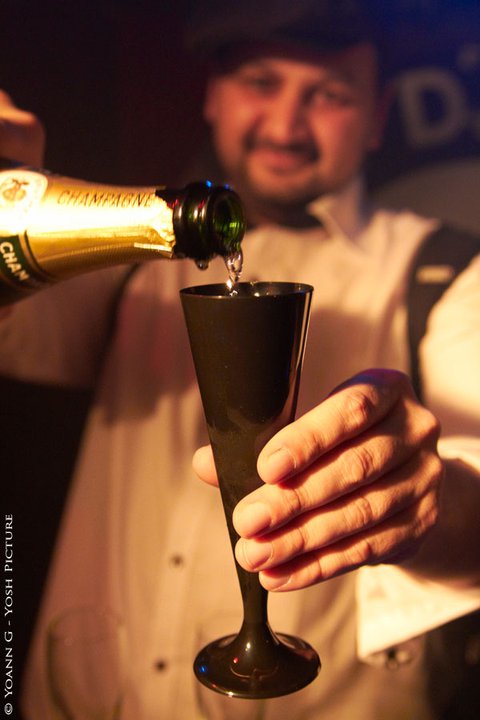
Today, modern speakeasies, neo-burlesque clubs, and underground carnivals are popping up in high-class cities all over the world. Electro Swing Clubs in Paris and London are frequently throwing parties for those who prefer their rage-accoutrements to consist of champagne, bow ties, and waxed moustaches and prefer their Louis Armstrong and Ella Fitzgerald with a splash of electronic percussion. Aside from more prominent scenes in Paris, London, and Montreal, electro-swing is developing a following across the world, with scenes forming in Austria, Belgium, Germany, Ireland, and even the United States, to name just a few. Caravan Palace, a popular live-band group from Paris, played at both Bonnaroo and Coachella festivals in 2010. The Correspondents, a group of two producers from London, could be heard dropping a set at the 2010 Shambala Festival.
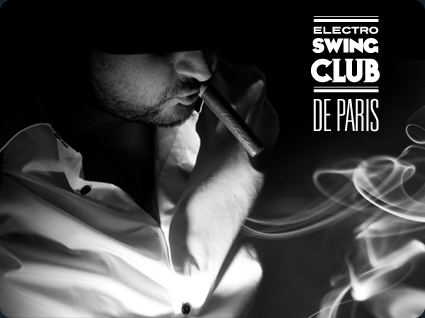
Jolie Coquine by Caravan Palace
I Wanna Be Like You by The Correspondents
Artists like DJ Typoboy, the resident at Paris’ Electro Swing Club, spin varieties of electro-swing to appeal to a greater audience and spread the genre’s popularity across the world. However, other electro-swing producers are veering away from more traditional house music influenced electro-swing and incorporating different styles and genres into their music. Dutty Moonshine (Reading, UK) puts a personal swing touch on dubstep with their track “Spanky Tonk.” In Eastern-Central Europe, artists like Dunkelbunt and DJ Dunya produce electro-swing with a pronounced Balkan Beat influence.
It’s not often that a new genre has this much potential to fuse similar styles of music and similar cultural lifestyles. The flapper generation of the 20’s and 30’s and today’s generation of electro-swing ragers undoubtedly party much in the same way, centered on an affinity for dance music with a touch of class.
Dutty Moonshine – Spanky Tonk by Dutty Moonshine
